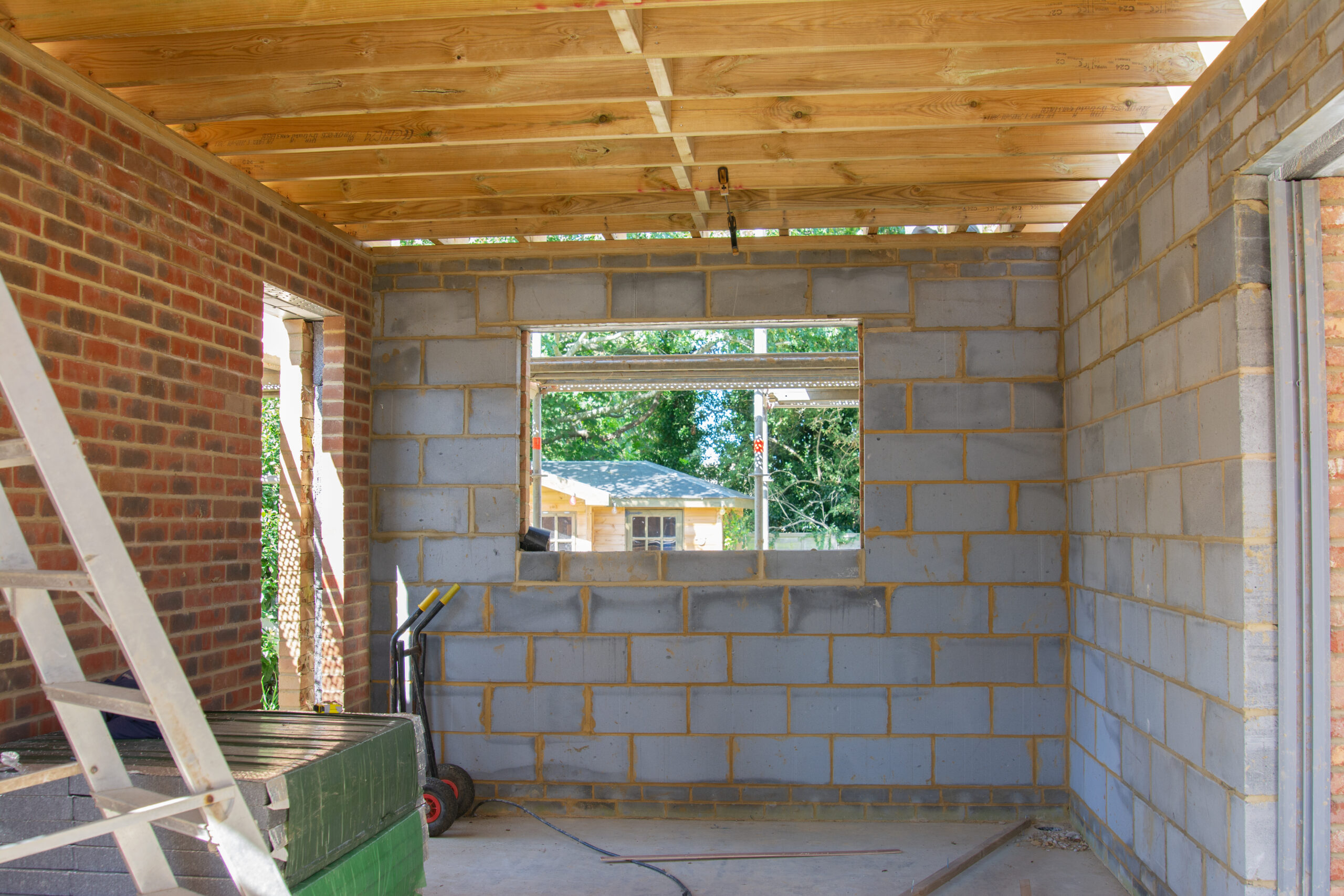
Building materials shortage is an escalating problem in Britain, and it’s affecting development projects from large housing schemes to small development projects. Because of the shortages, it opens the gateway for rising material costs. It leaves new and seasoned developers scrambling for materials, feeling the pinch of delays, plus it affects every developer’s bottom line with expenses and profits. So how did this start, and where is the property development industry headed?
The Realities of Today
Much of the construction materials shortage is due to fewer lorry drivers, construction vacancies, and scarcity in the most common materials: roof tiles, cement, and timber. In addition to fewer materials, the Office for National Statistics reports a 20% rise in material costs between July 2020 and July 2021.
The conditions we see result from a compound effect of COVID-19 starting with the first lockdown. When the lockdown came into place, many construction projects increased, including home improvement projects. This surge of projects caused material production slowing and more strain on supply chains.
With a more than 100,000 lorry driver shortage in the UK, there are fewer drivers to deliver the limited supplies. Added to this are the rising labour rates because there are fewer labourers available as well. Besides the rising costs and fewer materials, many workers returned to their home countries, seriously affecting the labour workforce during the pandemic and continues today.
How Building Materials Shortage Affects You
DIYers and self builders feel the pain of these shortages because the steel and timber frame supplies, including bagged cement, are part of the shortages making projects challenging to start, let alone complete. Plus, the rising costs may leave homeowners trying to do it themselves stuck without finishing their work. Amidst all of this, some SME builders are potentially losing their business because of the intensifying situation.
Building materials most affected by the shortages and higher costs include timber, steel, roof tiles, cement, electrical components, paints and sealants, and plaster shortage. Other undersupplied resources are insulation, bricks and blocks, kitchen carcassing, screws, plumbing items, including shower enclosures.
Where Development Is Headed
While there has been a call out to the Government for assistance with the labour, lorry, and material shortages, it’s still a challenge for small and large developers alike. The head of housing at the House Builders Association (HBA) (housebuilding division), Rico Wojtulewicz, explained, “The Government is at a crossroads.” Wojtulewicz said the system is even more inefficient paired with the material shortages; it “will put the final nail in coffin for some SMEs.”
Since there is no end in sight for these dramatic building material shortages, as a developer, plan as far in advance to accommodate the insufficiencies and rising costs of labour and supplies. Just because the supply is low doesn’t mean compromising safety or quality either. Look for alternative options for your materials, and with strategic planning, your projects can move to completion.

